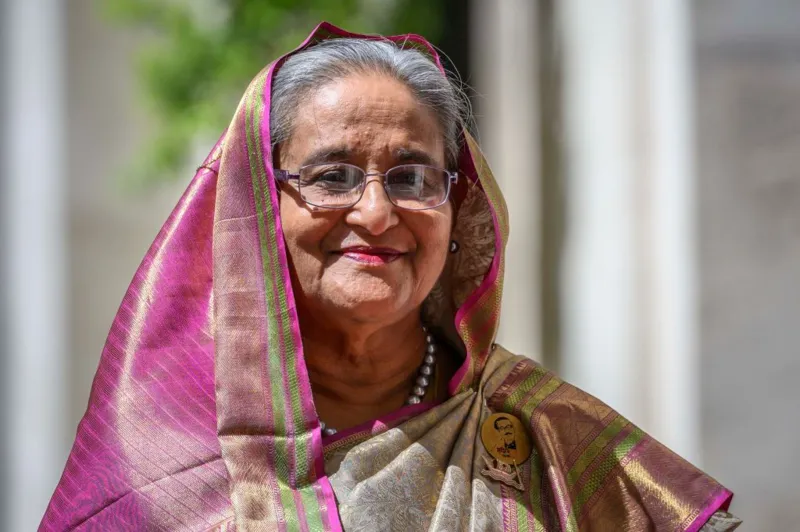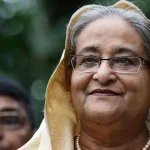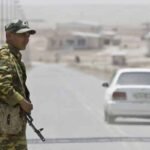Weeks of anti-government rallies have deposed long-serving Prime Minister Sheikh Hasina, and an interim administration is poised to be created.
Following Ms Hasina’s resignation and departure from the country on Monday, large crowds rushed her official residence in Dhaka, amid allegations of looting and disorder in the capital.
The violence killed at least 20 people, adding to the more than 90 deaths on Sunday, which was already the greatest single-day casualty record in Bangladesh’s recent history.
Ms Hasina, a former pro-democracy icon who detractors claim became increasingly dictatorial over her 15-year reign, is currently in India. It’s unclear if she’ll stay or leave.
How did the protests start?.
The protests began in early July with nonviolent demands by university students to eliminate public service quotas, one-third of which are allocated for relatives of veterans from Bangladesh’s 1971 war for independence from Pakistan.
The advocates claimed the system was discriminatory and needed to be reformed. Although their desire was mostly granted, the protests quickly expanded into a larger anti-government movement.







